Podcast: Play in new window | Download
Subscribe: RSS
Julie Littlechild is a speaker, author, researcher, and founder of AbsoluteEngagement.com. Her firm takes an evidence-based approach to helping advisors align an engaging client experience with a compelling personal vision for their businesses. Absolute Engagement works with institutions and advisors, offering programs such as the Engagement Edge, helping advisors to design a meaningful client journey through the eyes of their ideal clients. Julie is the author of The Pursuit of Absolute Engagement, as well as a popular blog. She was twice identified as one of the 25 Most Influential People in Financial Planning by Investment Advisor Magazine and has won the Influencer Award in practice management from Financial Planning Magazine.
Takeaway Quote:
“If the client journey is intentionally designed, it creates the stories that people will tell others.”
Show Timeline:
02:22 Difference between the advisor’s offer and the client journey
Internal vs. external filters and the importance of each
05:38 Creating an ‘extraordinary’ experience across all touch points
Looking at each part of the client journey and ensuring consistency
11:37 Why the client journey matters
The impact on differentiation and referability
15:43 The common disconnect between what clients truly value and the communications they receive
Providing client communications that drive deeper and more connected relationships
17:44 Lessons about the client experience from outside this industry
The tenets of great organizations and how to apply them in your firm
24:06 How advisors can start thinking differently about engaging their clients
Starting the process by walking in the shoes of your ideal clients
26:34 Designing a journey around more than one target market
The possibilities and complications
28:55 The process of mapping out the client journey
Involving your team, brainstorming, documenting
30:30 Co-creation of the experience with clients
A few strategies for gathering the information
33:18 The relationship between client and advisor engagement
Expanding the idea of engagement to that of you with your business as a whole
34:55 The link to client referrals, and the program you can use to execute on these ideas
Designing the client journey in a structured way for maximum benefit
Links:
Website: www.absoluteengagement.com
Engagement Edge program: www.absoluteengagement.com/engagement-edge
Book: The Pursuit of Absolute Engagement
Blog: http://www.absoluteengagement.com/blog/
Twitter: https://twitter.com/jlittlechild
LinkedIn: https://www.linkedin.com/in/julielittlechild/
Want more?
Stephen Wershing: www.TheClientDrivenPractice.com/checklistblog
Julie Littlechild: www.absoluteengagement.com/blog
Episode Transcript:
Steve Wershing: In the past couple years, she’s turned from client engagement to advisors and engagement in their businesses, which she found leads not only to more client engagement, but higher levels of satisfaction and success. She’s gone on to write a book about that called Absolute Engagement, and now offers several courses for advisors who want to become more engaged themselves. In this conversation, we talk about some of the interesting ideas she has uncovered in that pursuit. We talk about an engaged experience. We talk about the client journey and how to map it out, and how to utilize that map to create a more engaging experience. Of course, we talk about how all of that relates to becoming more referable. Listen through until the end, where we talk about how designing the experience you want to have helps you create the kind of experience your clients want to have. I hope you enjoy this conversation with Julie Littlechild. Well, Julie, nice to talk with you directly this time instead of having the two of us ganging up on some poor, unsuspecting soul. Julie Littlechild: Steve Wershing: Julie Littlechild: Steve Wershing: Julie Littlechild: The client journey is very much through the eyes of the clients. I think that the simplest example I could think of to try to make this clear would be to say, as an advisor, as I’m mapping out what it is I’m going to offer to my clients, I might determine that it is appropriate to meet with my A clients four times a year. I’m making that assessment based on what I think their needs are, but frankly also based on the value of the client and what will make meaningful economic sense to the business. The client journey is more about, how does the client experience those four meetings? How are they set? What happens before? What information do they receive? What happens during the meeting? What kind of technology is used? What’s the follow up like? What’s the actual discussion? It’s very much how that client experiences it, and when we think about crafting an extraordinary experience or defining the client journey, we’re all about that latter part and what would make that extraordinary for a client. Does that make sense?
Welcome to Become Referable, the podcast that helps you become the kind of advisor people can’t stop talking about. I’m Steve Wershing. Usually, my co-host and I, Julie Littlechild, have a conversation with someone, often someone not well known in financial services circles, who can help you become more referable. This time, I will interview my co-host on some interesting work she’s doing that can benefit you. Julie has worked with and studied successful financial advisors, their clients, and their teams for more than 20 years. Julie sat on the National Board of the Financial Planning Association from 2010 to 2013. Investment Advisor put her on its list of 25 most influential people in financial planning twice, and she won the Influencer award in practice management from Financial Planning magazine. You might know Julie as the person who developed the client surveying tool, Client Audit, now offering through ActiFi. In doing her client research, she found that referrals come from clients who are not just content or satisfied, but engaged with their financial advisor.
Yeah. I like this idea. It takes somebody out of the middle. Just be gentle with your questions please.
Of course, of course, because I know I’m going to get it back at some point when you want to interview me.
Exactly.
You’ve gotten a lot more involved in engagement on all different kinds of levels. You wrote the book about absolute engagement a little while ago, and you’re working with advisors on a few different projects. One of them is Engagement Edge, where you work with advisors on helping them get their clients more engaged, and you use a few different terms in there, a couple different ideas that I wanted to get you to help us clarify a little bit, so as we go into this, the listeners can sort these things out better. You talk about the advisors’ offer, you talk about the client experience, and you talk about the client journey. What’s the difference between those, and what do each of them mean?
I think that’s a good question, because to a large extent, there is some confusion. The words we use matter. Clarifying that is probably a great place to start. The way I think about it, and it’s not like there’s a right or wrong answer here, but I’ll tell you certainly how we look at it is, the client experience for us is a catch-all term that reflects everything that an advisor does for a client. The two more specific terms that we try to use so that it makes it clear that they are different are the offer and the client journey. Perhaps the easiest way to think about it would be, the offer is what an advisor delivers to a client. That could be what is offered in terms of the service. I provide comprehensive financial planning, for example, but also the fundamentals of things like, and in order to do that, we deliver four meetings per year and two educational events. That, to me, is the offer. The client journey is how the client experiences what’s being delivered, experiences that offer. The offer has a more internal lens.Read more

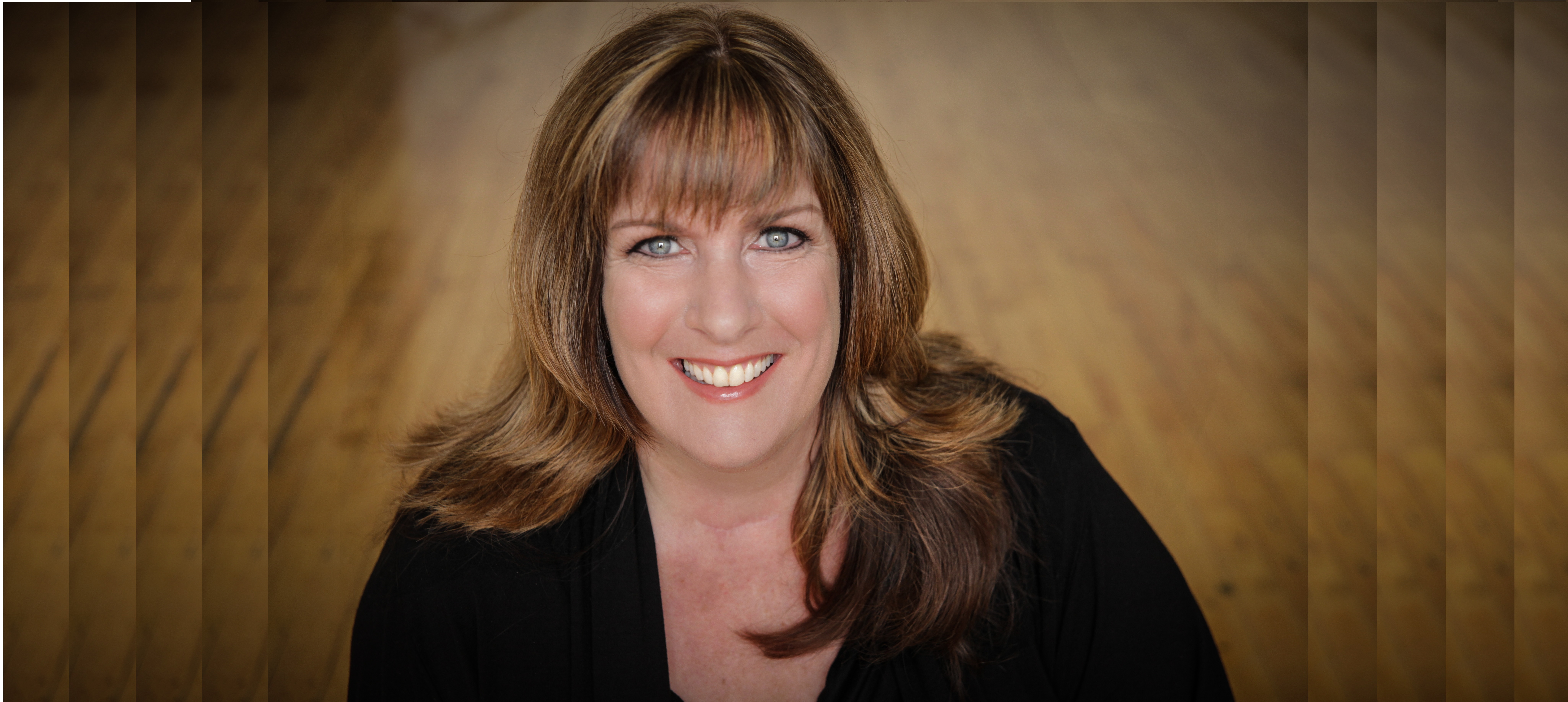

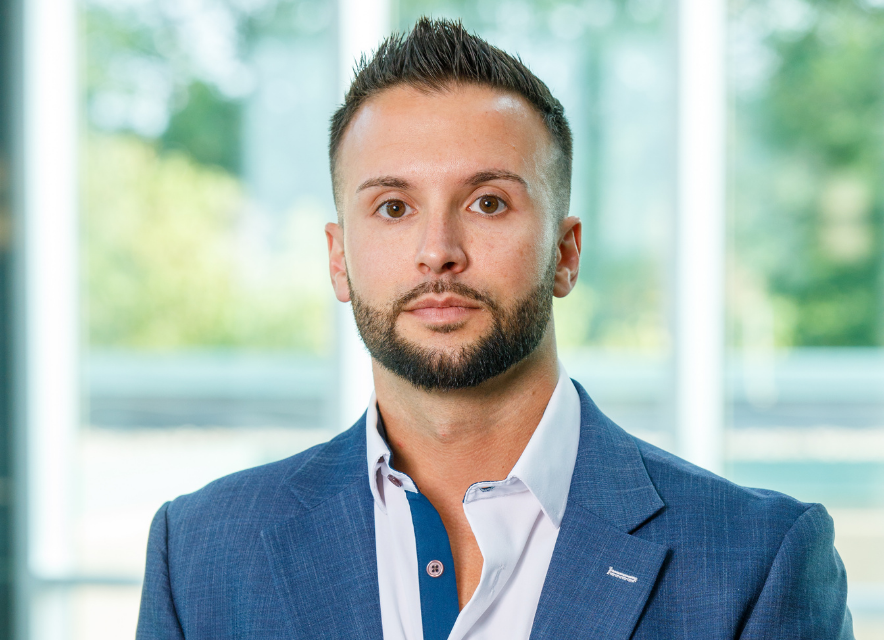
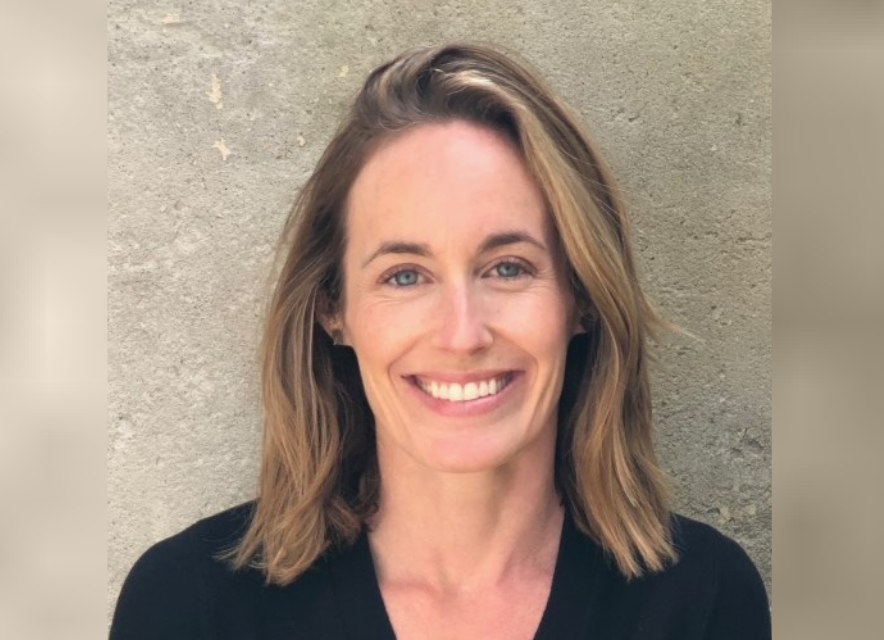
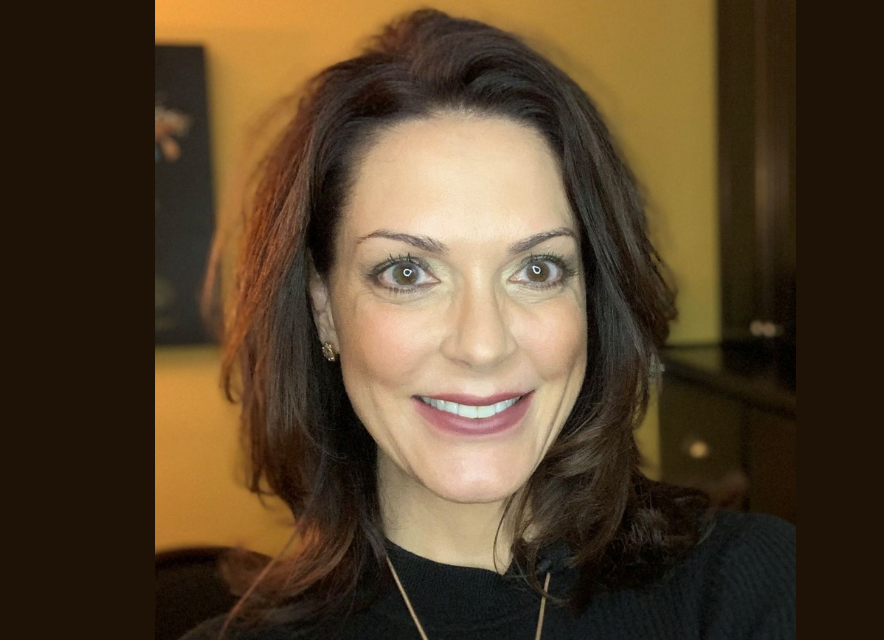
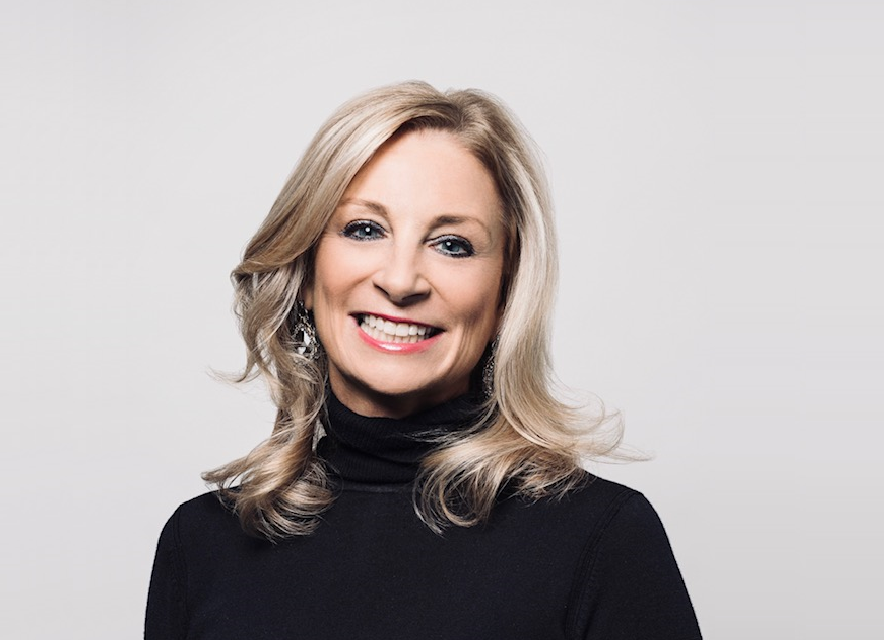
Leave A Comment